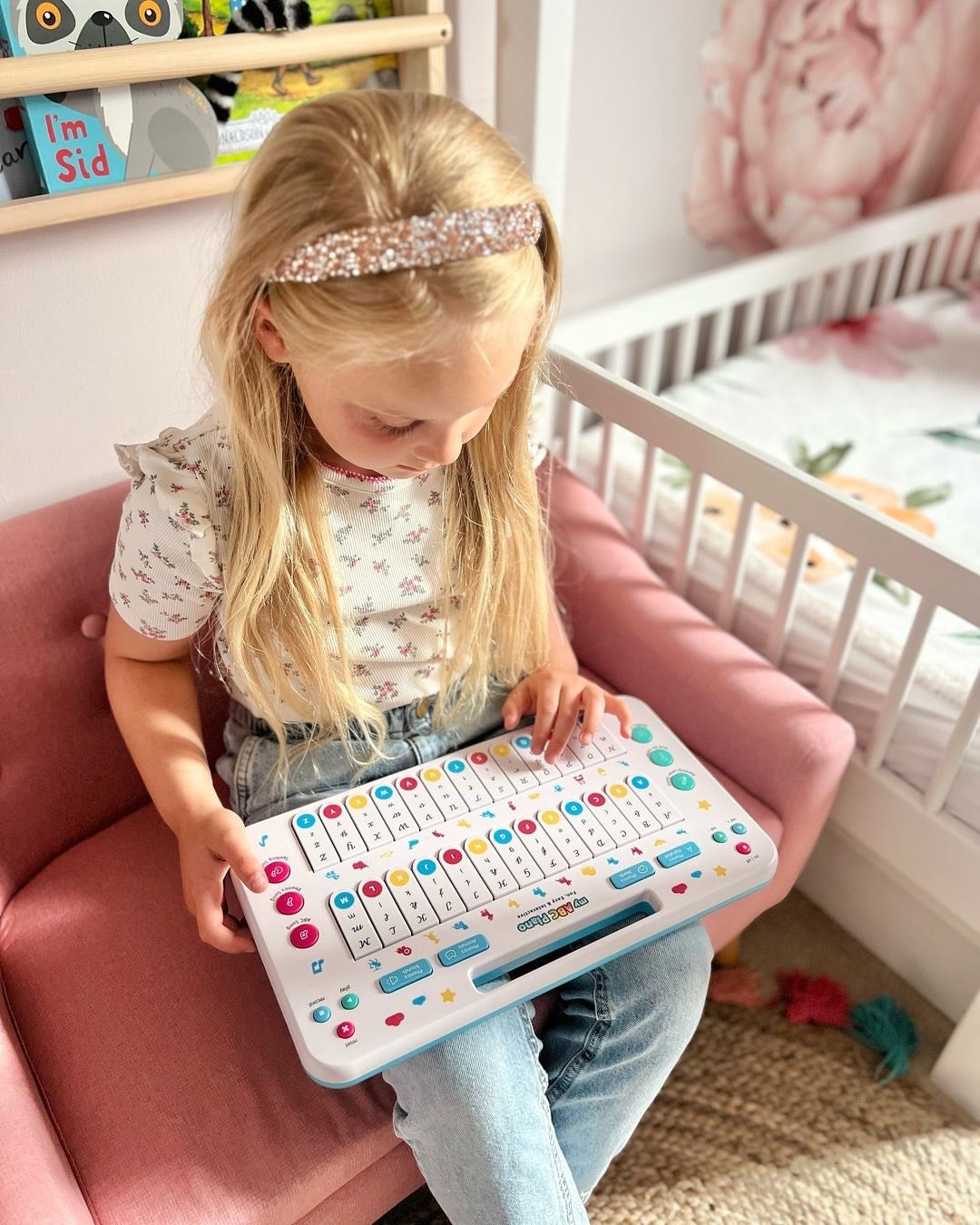
How to Teach Phonics to Children? 5 Key Tips You Must Know
Early education is important. Learning phonics is one of the first steps children should take towards learning to read and write. Phonics is a vital method, one that’s not just about recognising letters, but understanding the sounds they represent. But how can you teach your child phonics? At what age should they begin to learn?
If you’re a parent searching for ways to teach your child phonics - you’ve come to the right place! In the following sections, we’ll outline some tried-and-tested ways to help children learn phonics, setting them up for a lifetime of literacy!
What Age Should Children Learn Phonics?
Children learn at different rates, but generally they should begin learning phonics anytime after 18 months. This is when they begin to start showing an interest in letters and sounds. This early stage of education is important, but should involve a simple, playful exposure to phonetic concepts without pressure.
When a child reaches the age of 4-6, they can begin to be instructed in more formal education. However, introducing your child to phonics and the English alphabet long before they reach school is a fantastic way to create a life-long love of learning.
5 Tips To Teach Children Phonics
1. Learning Through Play
Children love to learn through play. It is now understood that teaching phonics through play is one of the best ways to help a child learn. By creating meaningful experiences that connect education to their lives, a child is far more likely to learn new skills and knowledge if they engage in playful learning.
2. Using Songs and Music
Music is a universal language that can make learning stick. Alphabet songs, phonics rhymes, and musical videos are all great choices to teach phonics in a fun and memorable way. Singing along to catchy tunes highlights the sounds of the alphabet can help children to internalise these sounds.
3. Use Storytelling and Books
Books and stories are gateways to imagination and learning. By choosing books that focus on phonetic concepts and reading to your child, you can guide them to learn as you read together. Interactive storybooks that emphasize phonics skills can be particularly engaging, as they often invite the child to participate in the story by identifying letters and sounds.
4. Embrace interactive learning
Interactive learning toys, such as electronic alphabet puzzles, talking books, and letter blocks, can significantly enhance phonics education from an early age—typically starting around 3 to 4 years old. These toys make learning tactile, engaging, and fun, providing sensory feedback that reinforces the connection between letters and their sounds.
5. Be patient, always!
Patience is a cornerstone of teaching phonics to children. Learning to read and write is a complex process that unfolds at different rates for each child. It's crucial for educators and parents to understand and accept the individual learning pace of every child.
Make sure to celebrate small achievements and remain supportive and patient, even when progress seems slow. Encouraging a positive, pressure-free environment fosters a love of learning and reduces anxiety around making mistakes.
Teach your child the alphabet and phonics in a fun, easy and interactive way with My ABC Piano
Are you searching for a way to bind each of these key teaching concepts together? Using an interactive phonics toy is the perfect choice for your child!
By combining interactive learning, phonics songs, touch-sensitive keys and alphabet games - My ABC Piano offers a fun and interactive way for children as young as 18 months to learn phonics.
My ABC Piano - making phonics fun and easy for your little one!
